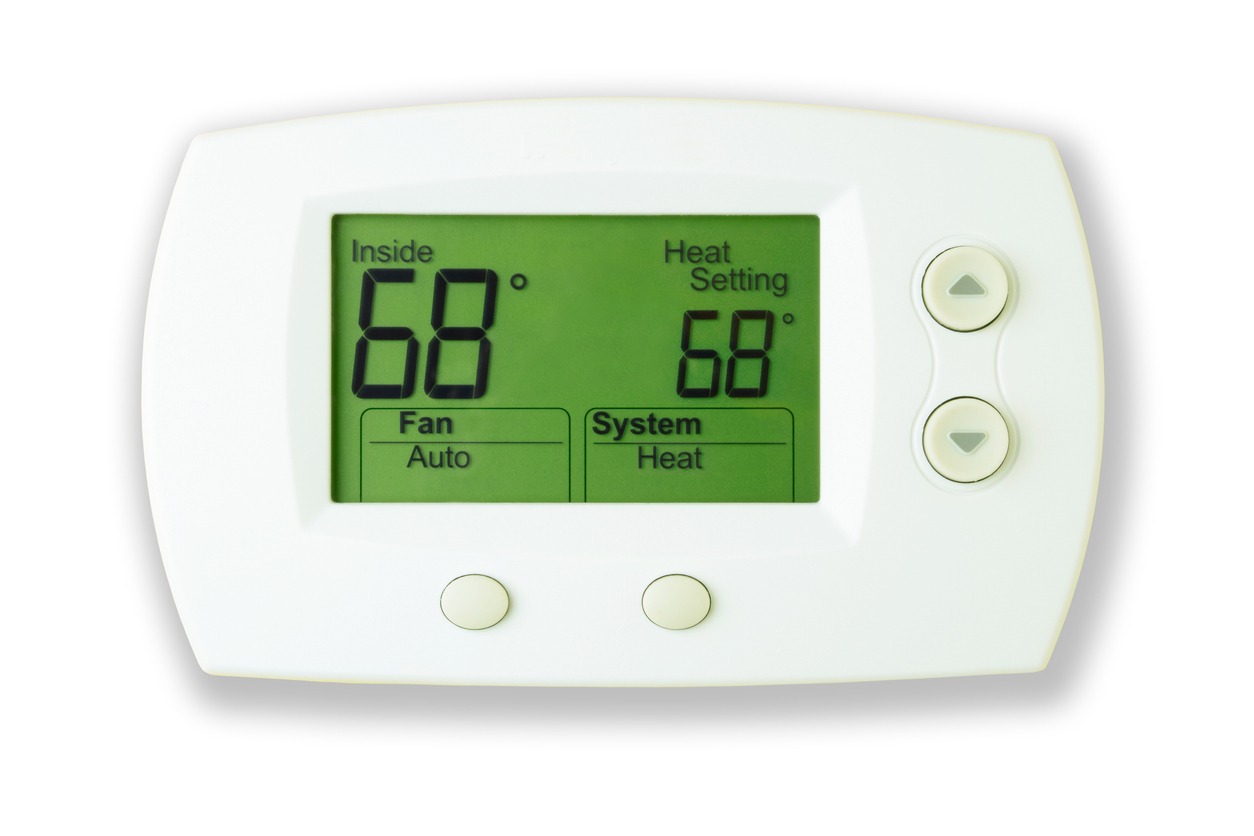Last week, I discussed the concept of insurable interest in Florida and the effect of a foreclosure judgment on a party’s insurable interest in property. Let’s continue the discussion of insurable interest this week. Does a property management company have an insurable interest in commercial property which it manages but does not own?
The Eleventh Circuit Court of Appeals recently addressed this issue in Banta Properties, Inc. v. Arch Specialty Insurance Company,1
Banta Properties, Inc. (“Banta Properties”) was the property management company for three apartment complexes in Broward County, Florida. Banta was the named insured under both the primary and excess commercial property insurance policies. The three apartment complexes (which were all separate legal entities) were additional named insureds. Banta Properties was owned by members of the Banta family. Banta Properties’ sole interest in the three apartment complexes was a contractual right to receive 4% of gross monthly income of each apartment complex. When the three apartment complexes were damaged by Hurricane Wilma in 2005, the properties suffered extensive property damage and approximately $39,000 in lost rents. Banta Properties’ 4% share of the lost rents was $1,600. The primary insurer paid out the policy limits of $2.5 million, however the excess insurer, Arch Specialty Insurance Company (“Arch”), refused to pay the remaining amount claimed. Banta Properties sued Arch, arguing that the Banta Family’s ownership interest in the complexes covered by the excess insurance policy allowed it to recover for physical damage to all of the properties. A jury awarded $4 million to Banta Properties for the damage to the apartment complexes.
On appeal, the Eleventh Circuit Court of Appeals reversed the jury verdict, agreeing with Arch:2
Florida’s appellate courts have addressed the extent of a nonowner’s insurable interest in real property. In Duffy’s Little Tavern, the plaintiff sought the balance of its property insurance policy after a fire destroyed a building. See 478 So.2d at 1095. While the plaintiff did not own the building, it was the lessee and held an unexercised option to purchase the building. The trial court awarded $165,000, the policy limit, but the appellate court reversed, concluding that $165,000 represented the insurable interest of an owner, not a lessee, and thus exceeded the plaintiff’s insurable interest. The appellate court found, as a matter of law, that the plaintiff’s limited insurable interest as a lessee could, at most, include “the value of the use of the building during the unexpired term of the lease as well as the value of the leasehold improvements.” Id. at 1096.
In sum, the measure of an insurable interest is the loss the insured might suffer from damage to the property. See Fla. Stat. § 627.405(3). Duffy’s Little Tavern explains that the statute limits a nonowner’s insurable interest in property to the value of a potential loss of those rights in the property. 478 So.2d at 1096. Banta Properties actually had no property rights in the apartment complexes whatsoever. The only right Banta Properties had at the time of loss was the contractual right to receive 4% of gross income in exchange for its service as property manager. The sole injury Banta Properties could have suffered from the impairment or destruction of the apartment complexes was the loss of revenue from that contractual right. We conclude that Florida law thus limits the extent of Banta Properties’s insurable interest to the potential loss of that revenue.
Therefore, this case stands for the proposition that when an insured does not have an ownership interest in property, Florida’s insurable interest statute (Fla. Stat. § 627.405) precludes recovery beyond an insured’s revenue stream from the property. Here, Banta was only entitled to recover to the extent of its insurable interest in the property, i.e., four percent of the lost revenue which was caused by the property damage.
1 Banta Properties, Inc. v. Arch Specialty Ins. Co., No. 12-14186, 2014 WL 274478 (11th Cir. Jan. 24, 2014).
2 Id. at 3.



